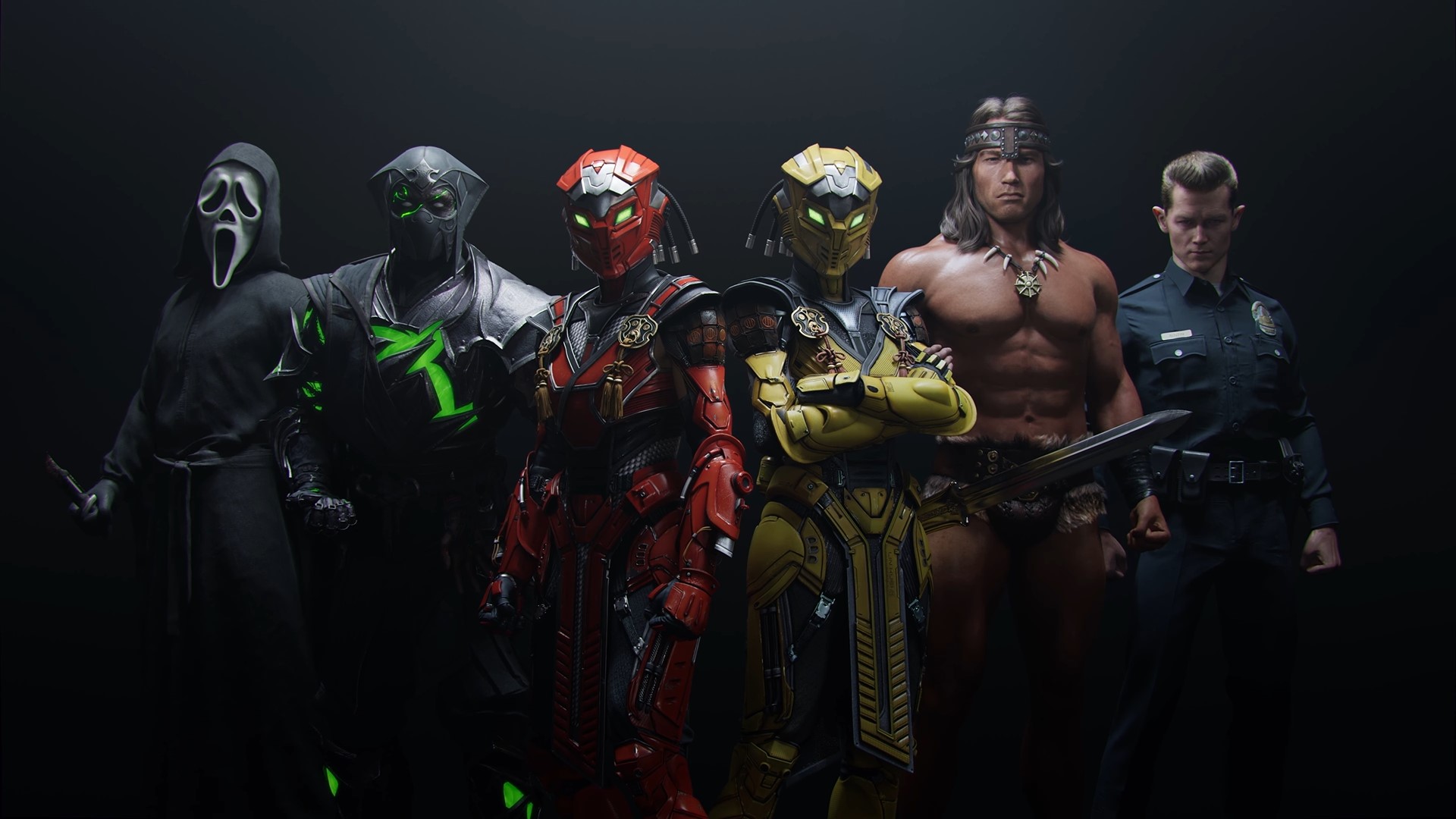
At the beginning of January I was invited to give a lecture at a cultural center here in the Netherlands as part of their current exhibition on The Legend of Zelda series. I could’ve talked about the complexity of the Zelda timeline or could’ve explained all about Tingle’s bizarre origins. But no, I dedicated my time and one full hour of a packed room to talking about the Zelda CDi games, in particular Link: the Faces of Evil and Zelda: Wand of Gamelon. Having replayed these games in preparation, I learned about their remasters, which were created by a team under the guidance of a developer named Dopply. Dopply has now released his original title, Arzette and Jewel of Faramore. Presented like a long lost CDi-game, Arzette is a faithful homage to the games that inspired it with some fun twists all its own.
Right off the bat, Arzette is immediately reminiscent of games that most will probably only have seen as memes or video playthroughs on the internet. In short, Arzette is a 2d action-platformer that sees you traveling around the world of Faramore as you defeat monsters, light up several beacons, and collect candles to remove barriers to fight bosses and retrieve the shards of the titular jewel to defeat the evil Daimur. Along the way you encounter citizens of Faramore that need help and provide you with sidequests that increase your capabilities and your means of traversing the world. This is where the CDi-ness is most spelled out as little animated cutscenes that are directly inspired by the memes that ruled the internet. Their approach in style and writing isn’t as cringey as those in Link and Zelda, but it did make me chuckle quite a few times.
I am genuinely of the belief that Link and Zelda were misunderstood in their time and that in the context of what Zelda was in early 1993, these games were pretty clearly inspired by the latest one that was released before development began, Zelda II: The Adventure of Link. Yes, the animation is what made them stand out to those who didn’t play the game, but there is so much incredible visual splendor and music in FoE/WoG themselves that is so often overlooked. Arzette has a few advantages in that sense; the pixel art on screen is high quality with a lot of dynamic poses, while still feeling incredibly ‘90s. The controls are responsive and fluid, and while enemies still can be too overwhelming at times, the gradual difficulty curve makes the latter half of the game feel like a breeze as Arzette grows stronger and more durable against enemies. And thankfully, a game over only sends you back to the beginning of the last screen you entered.
However, what used to be designed as part of system limitations, like having to revisit areas at later times to return items and complete quests, feels like a bit of a grind in Arzette. Case in point, levels are quite sprawling and you may have to revisit them multiple times. Partially because navigation and orientation are pretty obscure, but also because you need to find items that unlock new routes. You may come halfway across a level only to realize that you need a different item in order to reach the end of the stage. This wayfinding can be charming, but it does make the initial barrier quite high. I am afraid that for players that haven’t played the CDi titles, i.e. most people, this could be a turn off. On the other hand, players who are familiar with those games may find Arzette too derivative. It is fun to play a “proper” Zelda CDi game, but Arzette does lean a bit too much into references and borrowed ideas at times. It doesn’t lack identity, but I was hoping for that one original item or mechanic along the way. I am glad that the developers added a ton of fun side-objectives and challenges to the game. Most of the bonus levels are inspired by other CDi and Nintendo minigames, like Hotel Mario and Smash Bros.’ break the targets. There are also challenge coins that are pretty tricky to find and unlock a time trial mode.
I will say that for a first impression, Arzette and the major cast of characters definitely carve out their own path. It isn’t just a retread of thirty-year-old games, but the way its story and characters are presented there is a clear line between the homage and the original. That being said, do not expect a lengthy experience. While I didn’t grab all the items or find all the secrets, I rolled credits after about three hours. It could be because I am very familiar with this type of game after my lecture, but it really isn’t attempting to be an overlong epic adventure. In terms of the music, the soundtrack has some highs and lows. The tracks feel electronic and pop enough to fit the ‘90s vibe of Arzette, especially the distinction between different levels. But I did find that a few tracks became pretty draining after hearing them again and again in longer levels with a lot of backtracking.
If you go in with the expectation of a loving homage to the Zelda CDi-games, Arzette and the Jewel of Faramore is exactly what you would expect. With its cheeky cutscenes, action-platforming gameplay and side-quests that see you exploring all nooks and crannies of the world, the culmination makes for a fun game to play over a weekend. While I don’t expect it to have the lasting impact that its inspiration has had, I am optimistic that Dopply continues to be inspired by games that others have rejected. So, let’s hope that Arzette 2 might take after Zelda’s Adventure. I’m definitely excited to see where this series can go.








